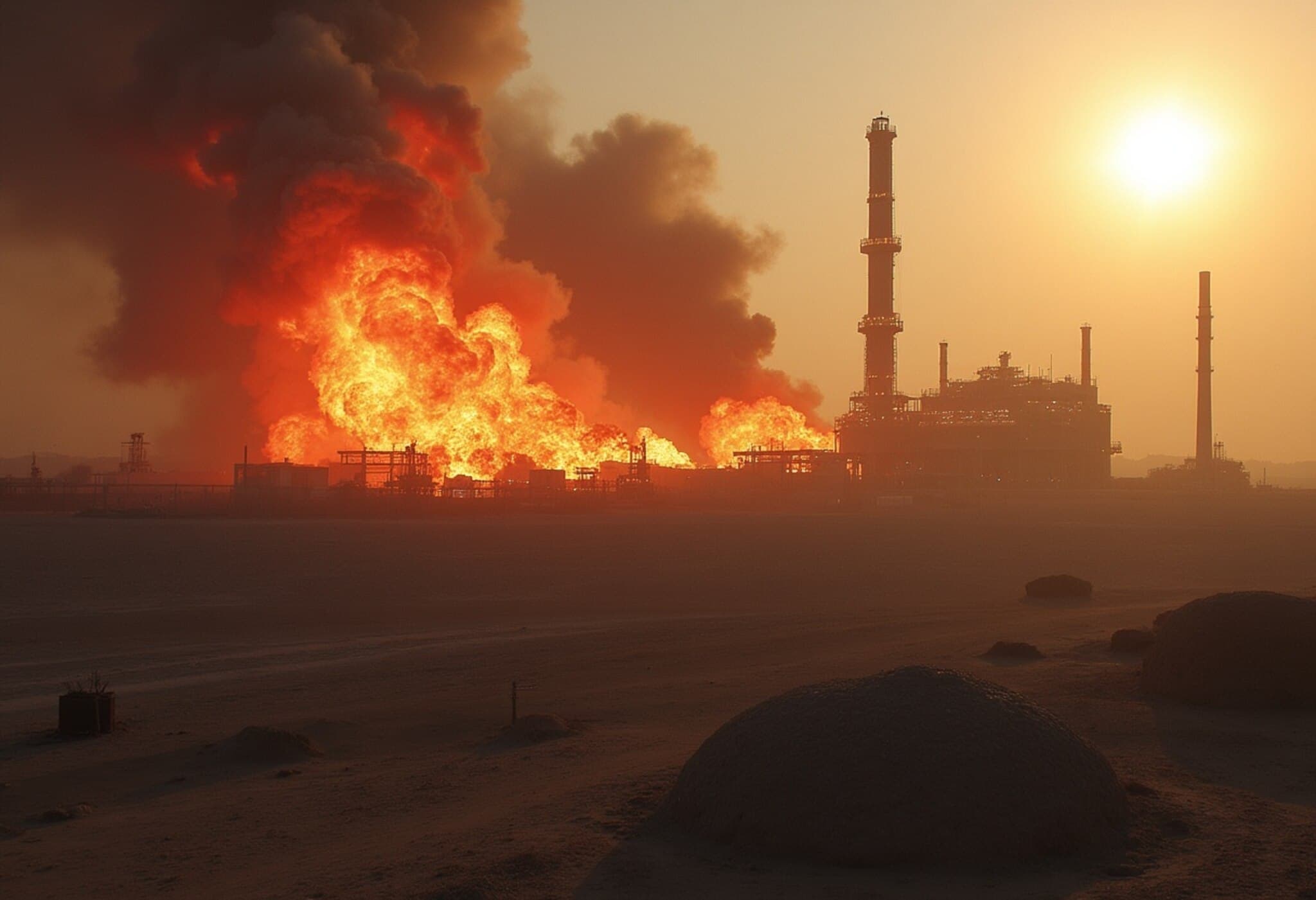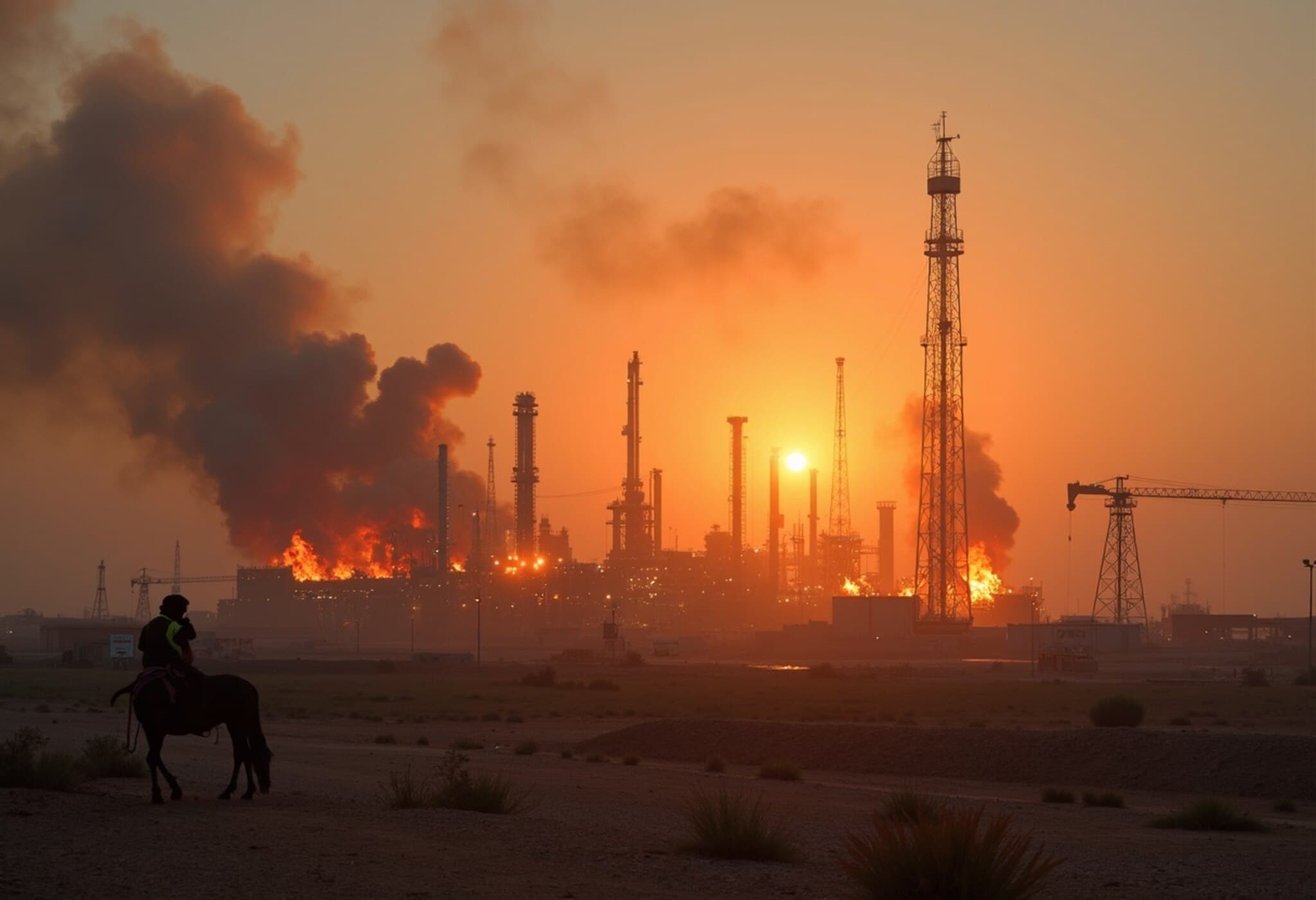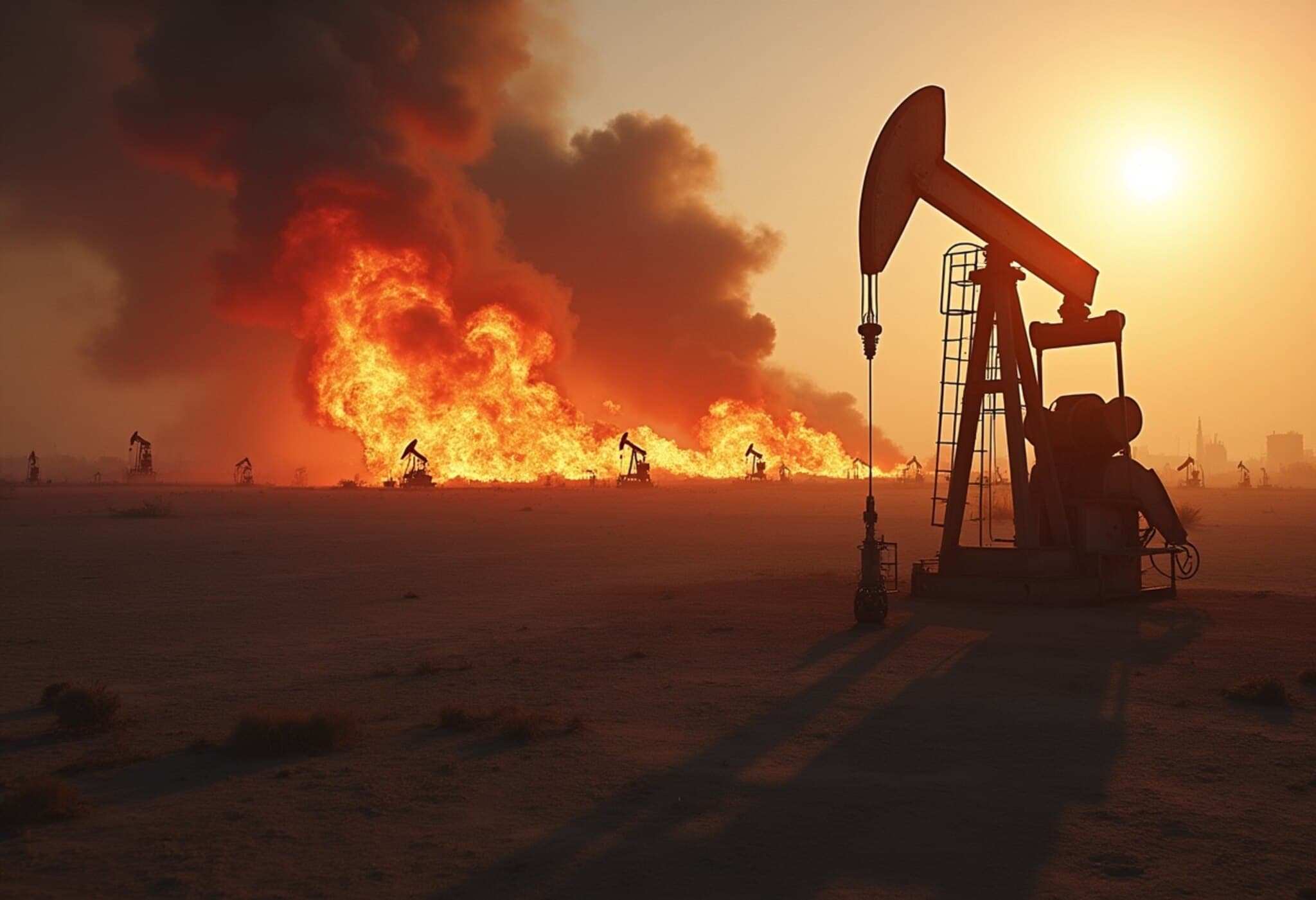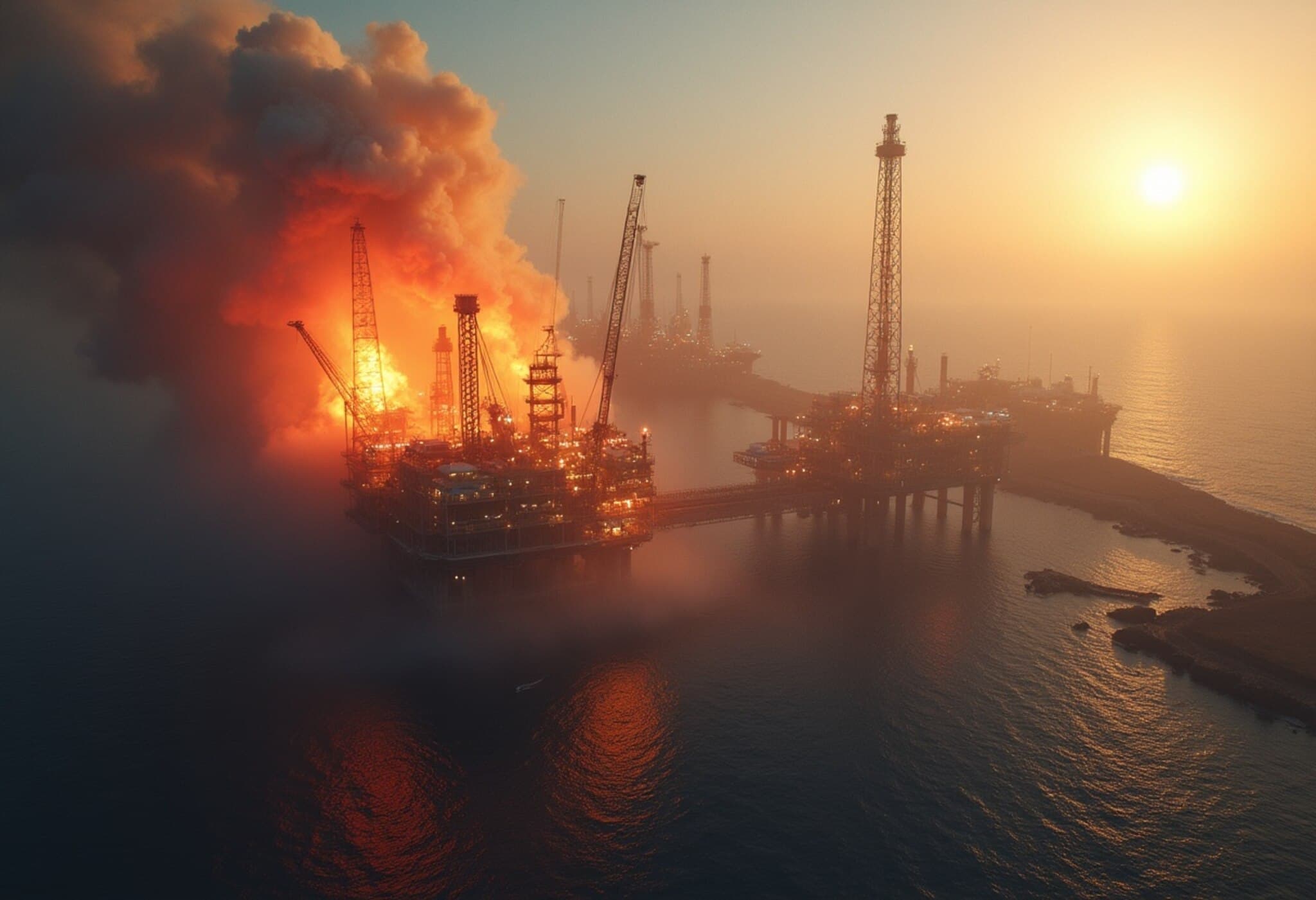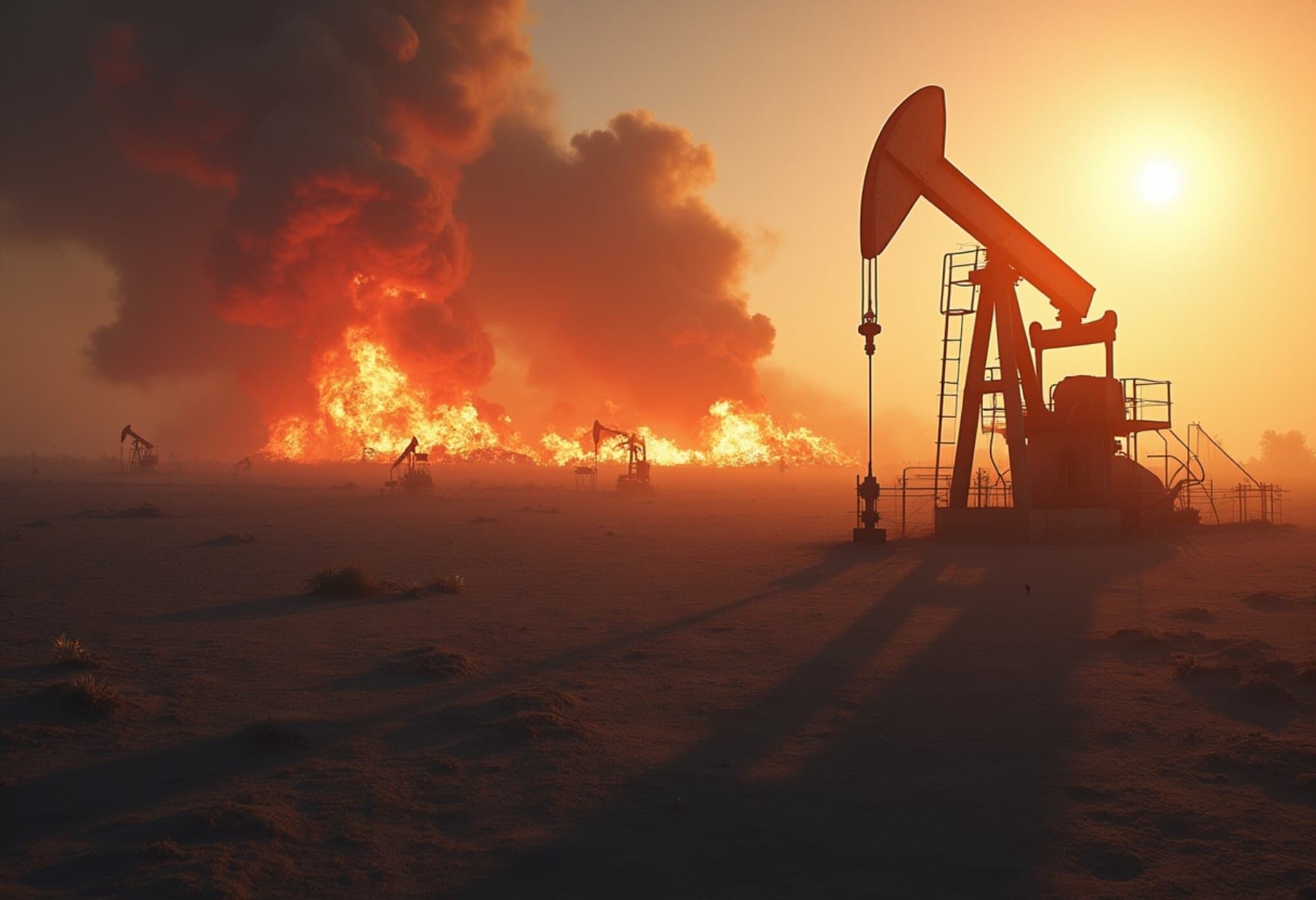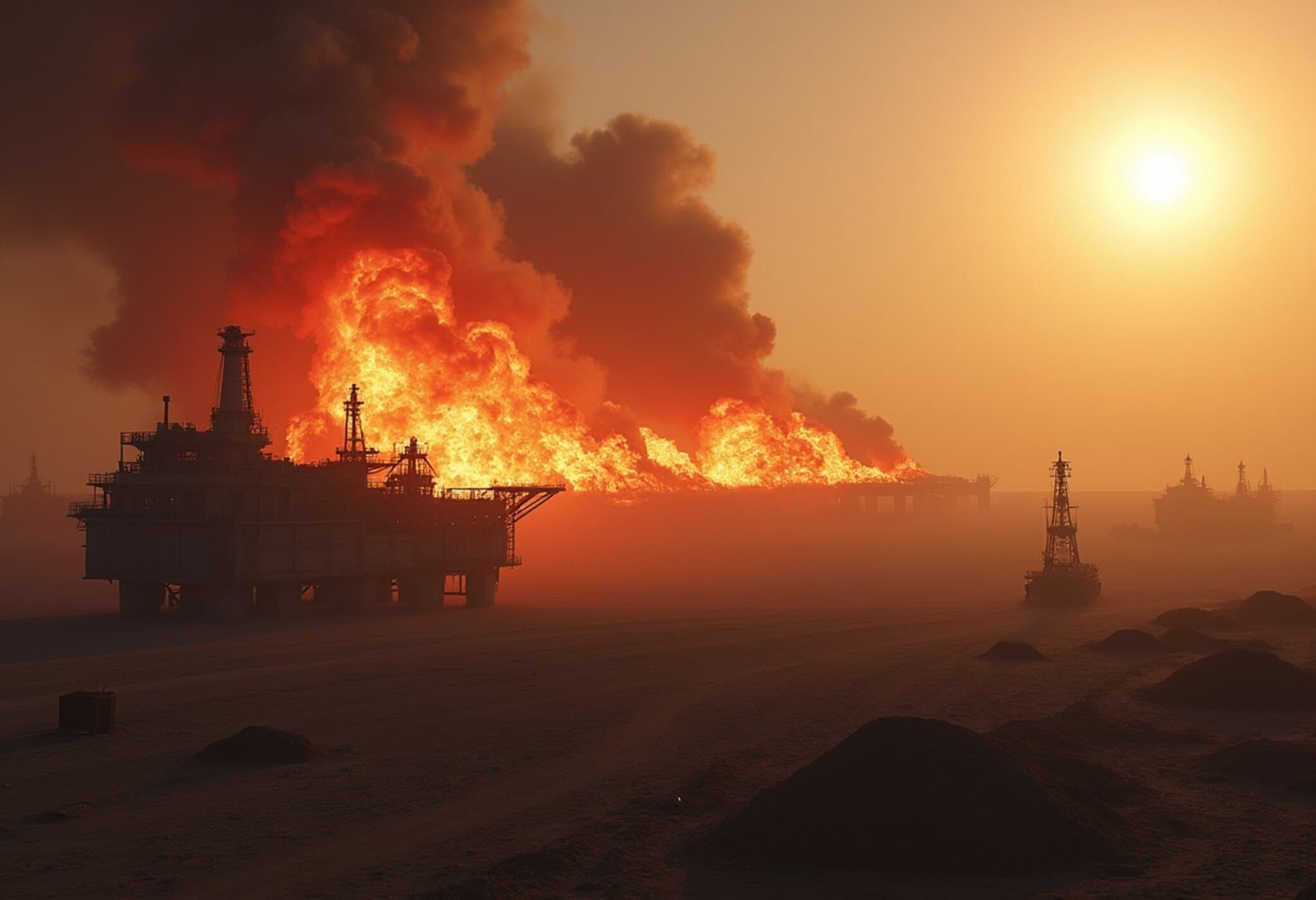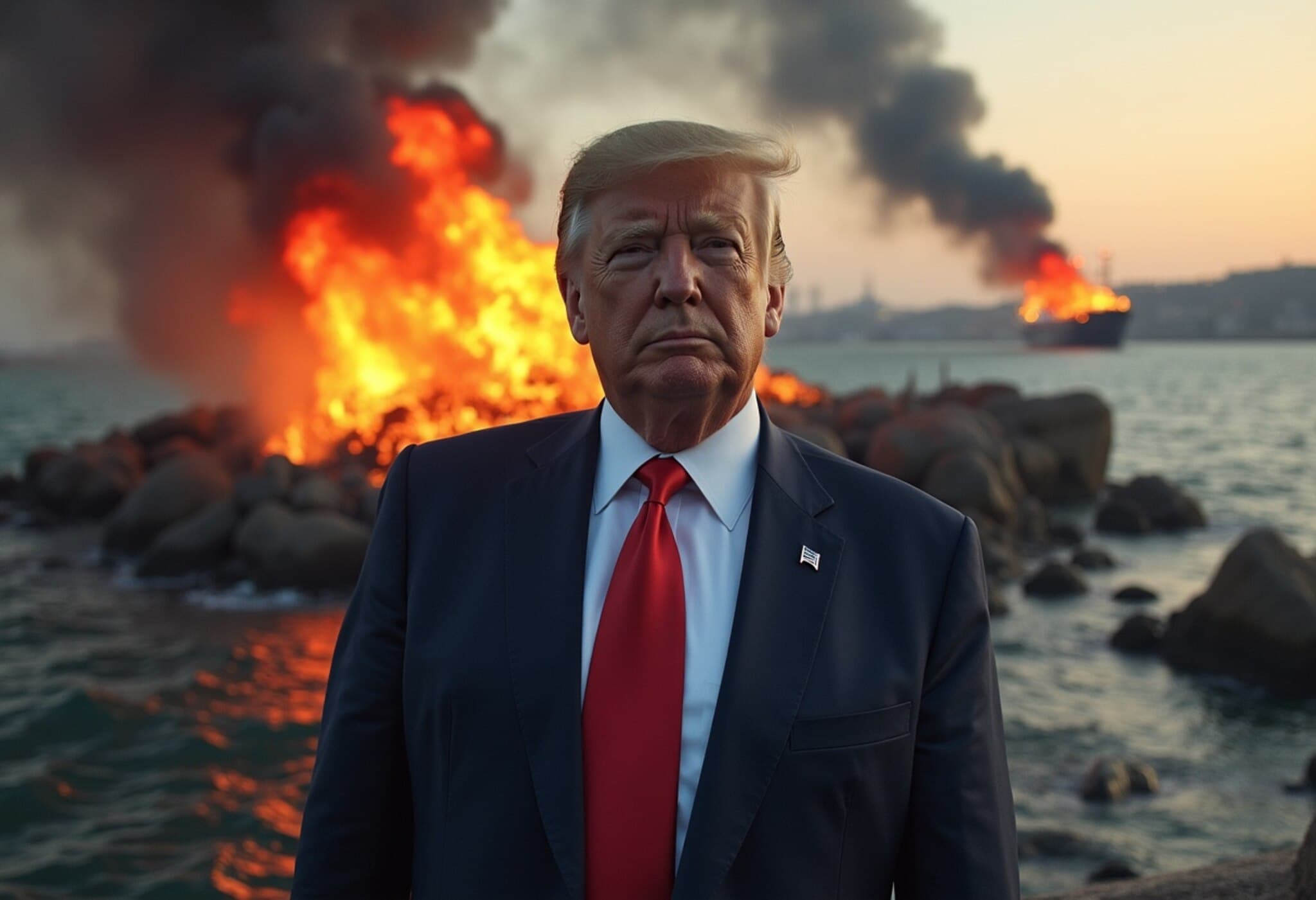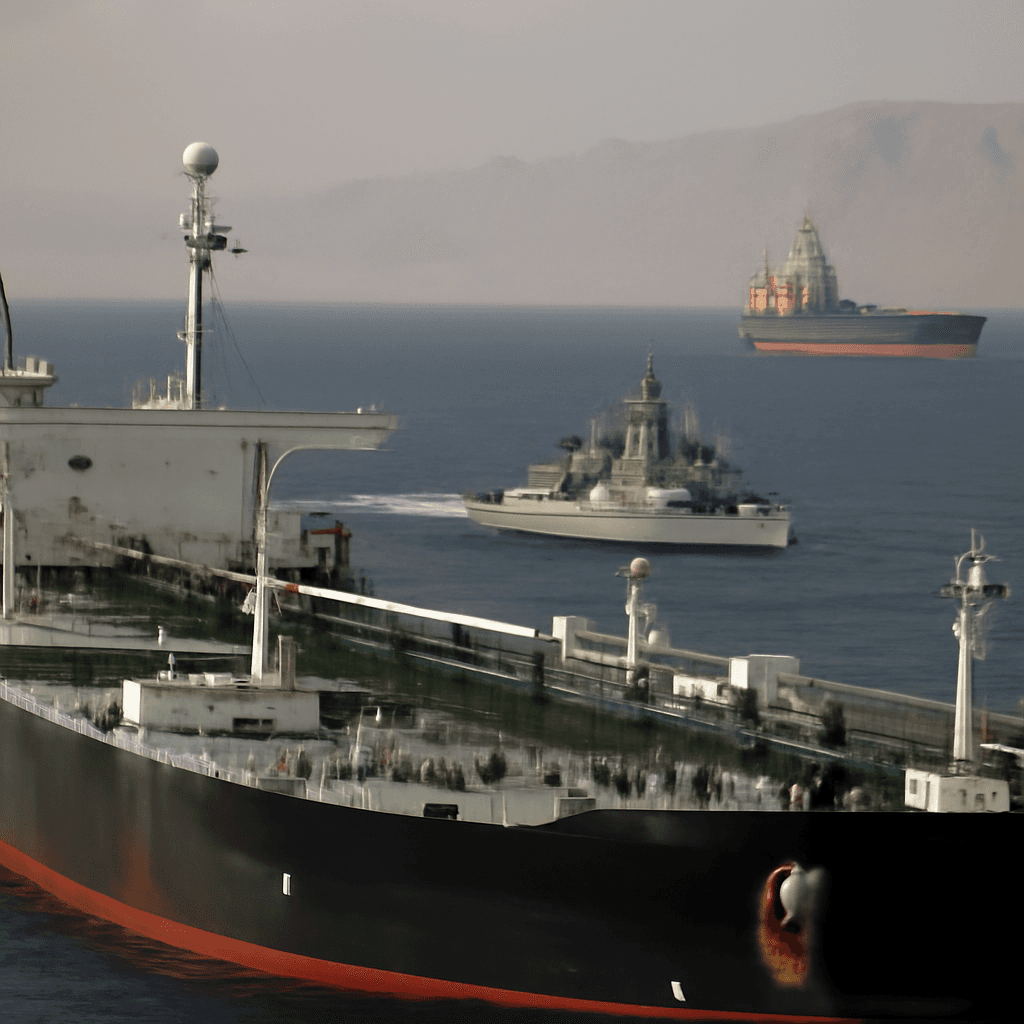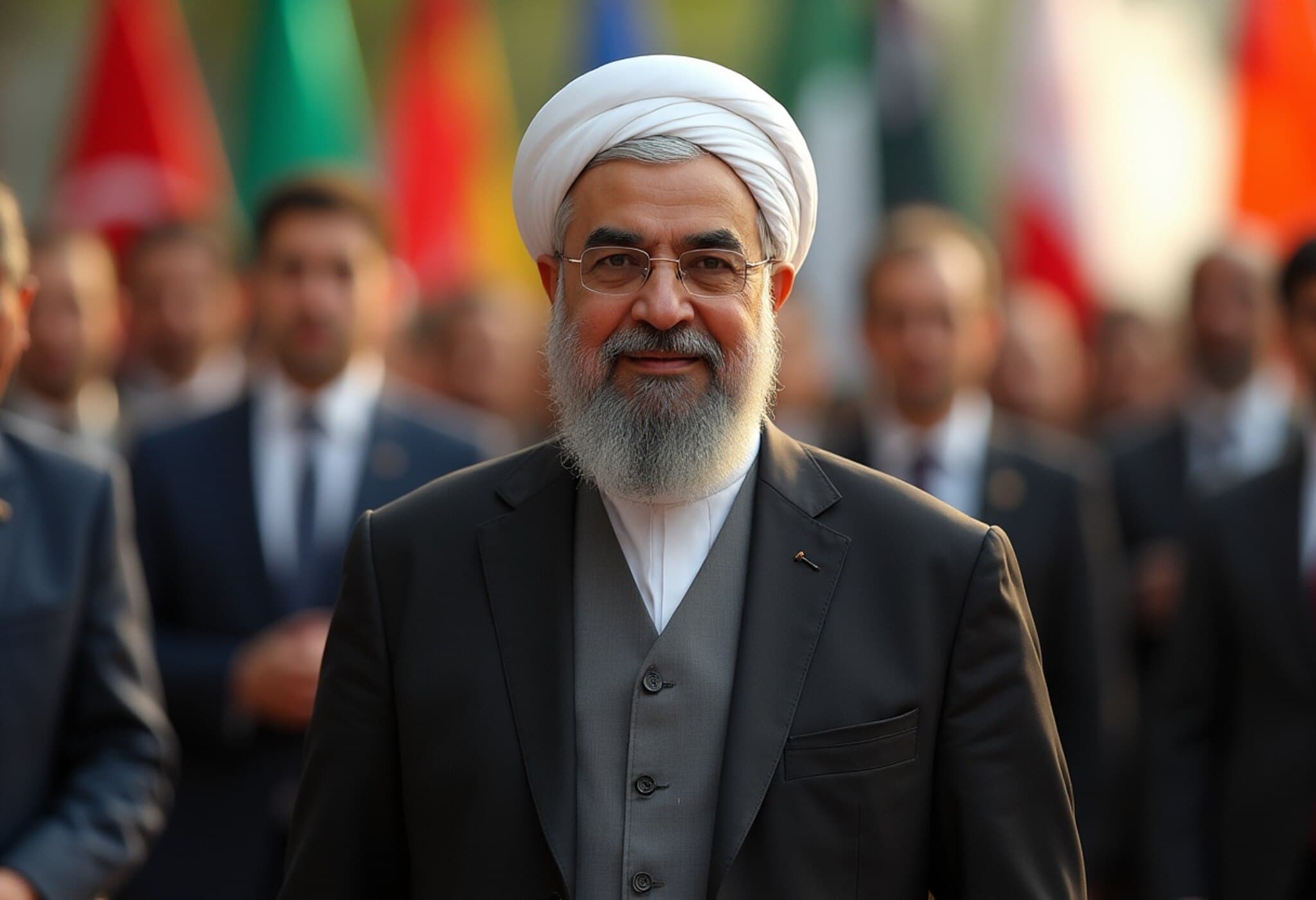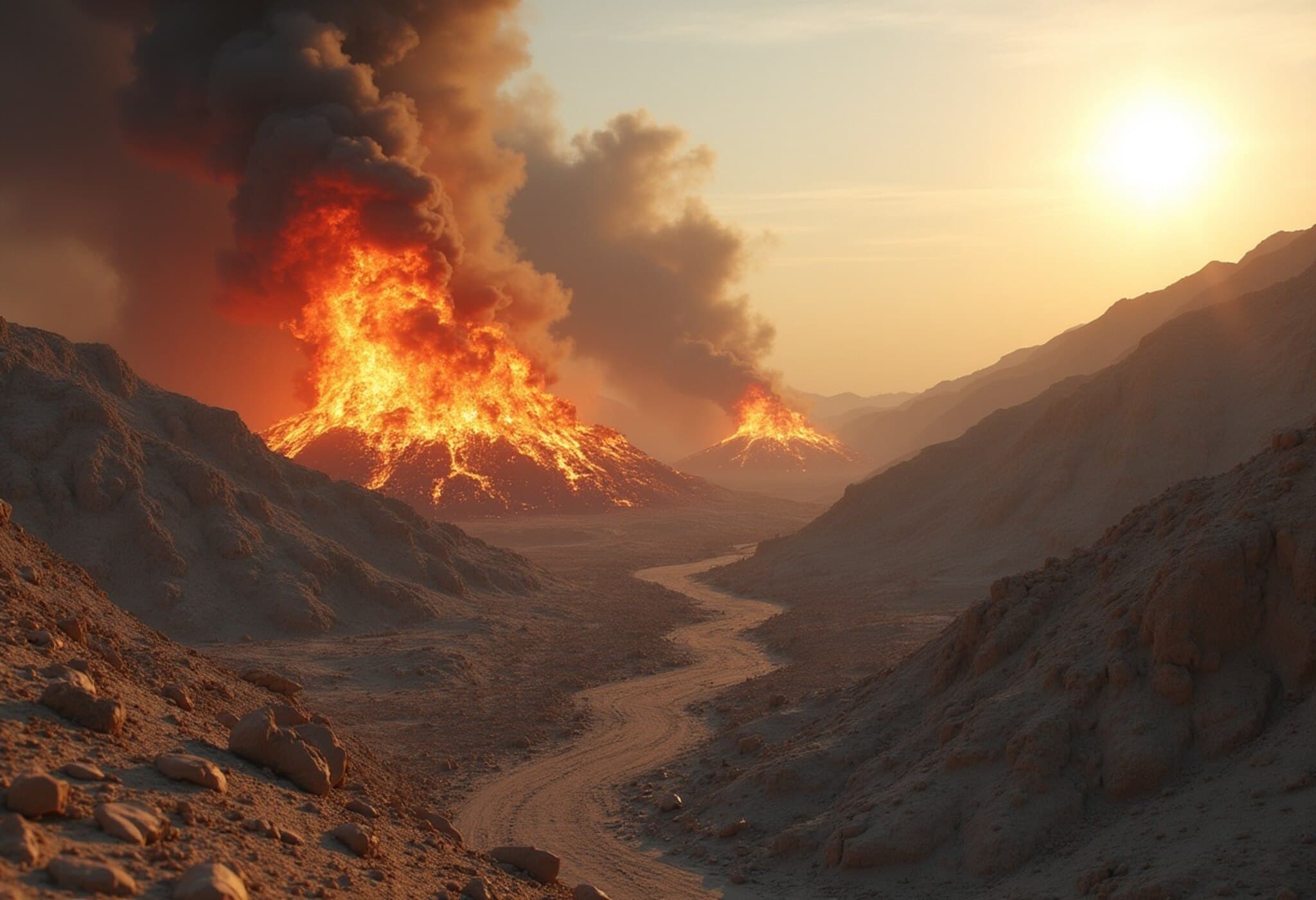Rising Tensions in Iran and Their Impact on Global Oil
Recent Israeli military actions targeting Iran’s nuclear capabilities have sparked concerns about potential regime change in Tehran. Though oil prices have risen about 10% since these strikes began, supplies remain largely unaffected, keeping benchmark prices below $80 per barrel. However, experts warn that prolonged conflict may heighten the risk of serious supply disruptions, potentially sending prices soaring.
The Stakes: Regime Stability and Oil Supply
Israel’s explicit objective is to cripple Iran’s nuclear program, but there are indications it also aims to erode the regime's security forces enough to inspire internal opposition. While Israeli leadership officially denies seeking regime change, the fallout from ongoing strikes could destabilize the Iranian government significantly.
In response, if Iran feels its survival is threatened, analysts say it may retaliate by targeting critical Gulf energy infrastructure or disrupting oil tanker routes. The Strait of Hormuz, a vital chokepoint through which roughly 20% of the world’s oil passes, is especially vulnerable, with reports of Iran jamming ship transponders raising alarm.
Historical Precedents Highlight Potential Market Volatility
Since 1979, regime upheavals in major oil-producing countries have triggered sharp price spikes. For instance:
- After the 1979 Iranian Revolution, oil prices nearly tripled within a year, sparking a global recession.
- The 2011 Libya revolution pushed prices from $93 to $130 per barrel amid broader economic turmoil.
JPMorgan analysis shows that on average, oil prices surged 76% at their peak after regime changes, eventually settling about 30% higher than pre-crisis levels.
Why Iran’s Situation Is Uniquely Significant
Compared to events like Libya's uprising, Iran’s vast oil production makes any potential disruption far more impactful globally. Experts estimate that only tangible signs of state collapse or regime change would prompt markets to price in losses of over three million barrels per day.
Potential Iranian Responses to Existential Threats
- Launching missile strikes on Gulf energy infrastructure.
- Mining the Strait of Hormuz to block maritime traffic.
- Increasing electronic interference on shipping communications.
These actions would severely disrupt oil flow, potentially driving prices well above $100 per barrel.
Quantifying the Risks and Market Impact
Energy analysts estimate a 70% likelihood that the U.S. may join Israeli airstrikes on key nuclear sites. Such strikes could push oil prices up by $4 to $6 per barrel in the short term. Meanwhile, there’s a 30% chance Iran will retaliate aggressively by disrupting regional energy supplies, triggering far sharper price surges.
Shipping through the Strait of Hormuz, currently expected by some to be restored rapidly after potential attacks, could face prolonged interruptions lasting weeks or months instead—significantly intensifying market instability.
Looking Ahead
While the immediate conflict’s trajectory remains uncertain, the possibility of Iranian regime destabilization carries weighty implications for the global oil market. With millions of barrels at stake, investors and policymakers alike are watching developments closely, understanding that regional conflict can swiftly ripple through global energy supplies and prices.

